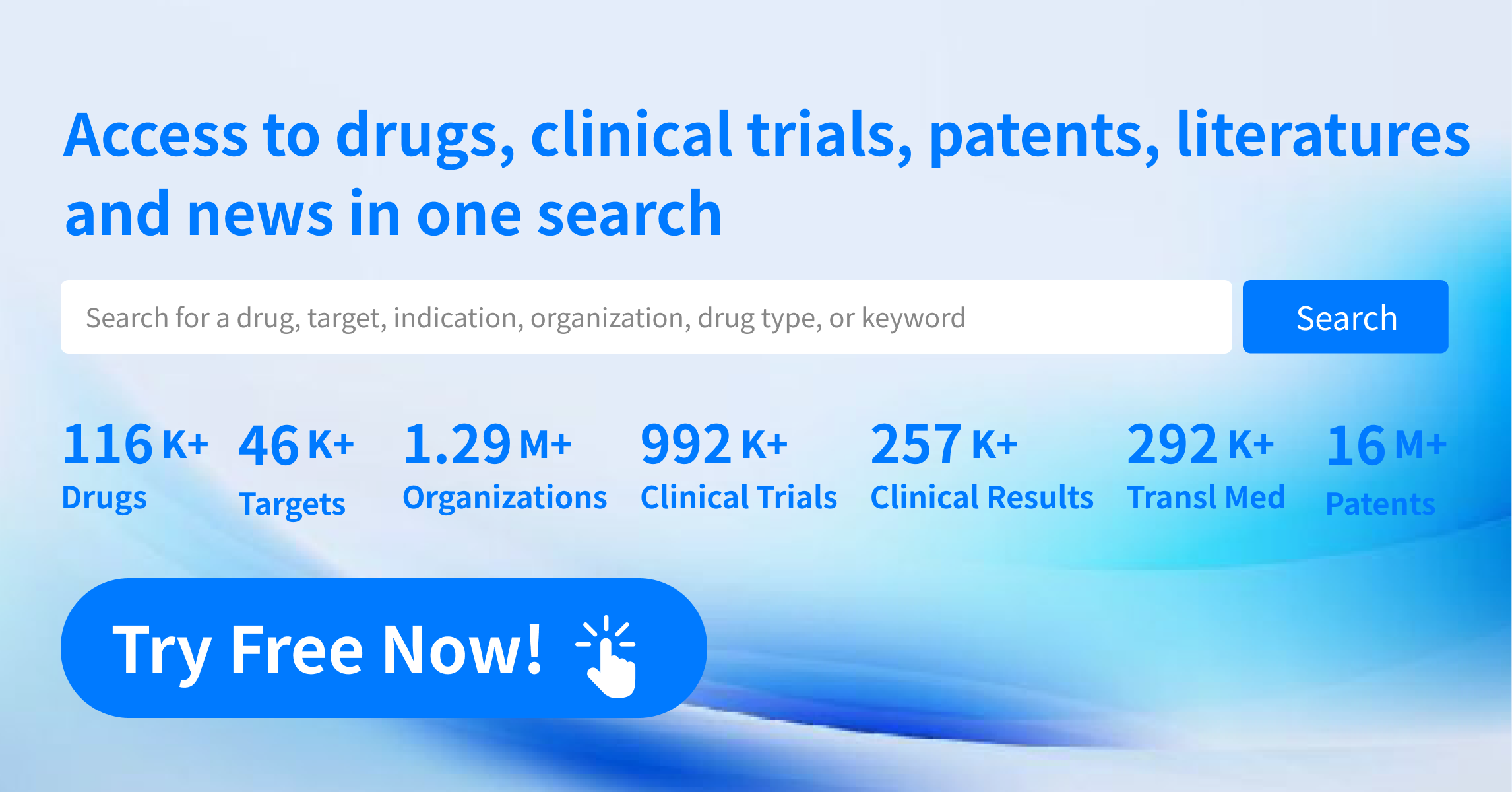Request Demo
EMA Approves Takeda's Takhzyro Pre-filled Pen for HAE
3 March 2025
The European Medicines Agency (EMA) has recently approved a new option for the administration of Takeda's Takhzyro (lanadelumab), a medication used in the management of hereditary angioedema (HAE). This new option involves a 2 mL pre-filled pen for subcutaneous delivery, marking an important expansion in the treatment options available for this condition. This latest approval complements the existing formulations already available, including 150 mg and 300 mg solutions for injection in pre-filled syringes, as well as a 300 mg vial option.
This new pre-filled pen is specifically designed for use in adults and adolescents aged 12 years and older, providing an additional choice for patients and healthcare providers. The approval was granted following a significant clinical study, underscoring the effectiveness and safety of the new administration method. It offers 300 mg of lanadelumab in a 2 mL solution, which has been shown to effectively prevent recurrent HAE attacks.
In the European Union, Takhzyro is approved for routine prevention of HAE attacks in individuals as young as two years old. Hereditary angioedema is a rare genetic disorder that causes recurrent swelling episodes in various parts of the body, which can be painful and potentially life-threatening if the airways are affected. It is estimated that HAE affects approximately 1 in 50,000 people globally and is often under-recognized and under-treated.
Irmgard Andresen, the global medical lead for HAE at Takeda, expressed satisfaction with the EMA's decision, noting the importance of having a diverse array of treatment options for patients. She emphasized that this new pre-filled pen offers an individualized treatment alternative for HAE patients aged 12 and above.
Lanadelumab, the active component in Takhzyro, is a fully human monoclonal antibody that targets plasma kallikrein, a key protein involved in HAE attacks. This mechanism reduces the frequency and severity of these attacks. Lanadelumab has been a part of extensive studies on HAE prevention, with some of the longest durations for active treatment. The therapy has demonstrated consistent results in minimizing attacks and has a half-life of approximately two weeks, making it suitable for self-administration or administration by a trained caregiver.
The introduction of this new administration method represents a significant step forward for Takeda in providing comprehensive care solutions for those managing hereditary angioedema. By expanding the range of options, the company aims to improve the quality of life for HAE patients, offering more convenience and flexibility in treatment approaches.
This development follows Takeda's ongoing commitment to addressing rare diseases and enhancing patient care worldwide. By continuously exploring innovative treatment options and improving existing therapies, Takeda seeks to meet the diverse needs of patients with HAE and other rare conditions. This approval by the EMA highlights the company's dedication to advancing medical science and improving outcomes for those living with hereditary angioedema.
This new pre-filled pen is specifically designed for use in adults and adolescents aged 12 years and older, providing an additional choice for patients and healthcare providers. The approval was granted following a significant clinical study, underscoring the effectiveness and safety of the new administration method. It offers 300 mg of lanadelumab in a 2 mL solution, which has been shown to effectively prevent recurrent HAE attacks.
In the European Union, Takhzyro is approved for routine prevention of HAE attacks in individuals as young as two years old. Hereditary angioedema is a rare genetic disorder that causes recurrent swelling episodes in various parts of the body, which can be painful and potentially life-threatening if the airways are affected. It is estimated that HAE affects approximately 1 in 50,000 people globally and is often under-recognized and under-treated.
Irmgard Andresen, the global medical lead for HAE at Takeda, expressed satisfaction with the EMA's decision, noting the importance of having a diverse array of treatment options for patients. She emphasized that this new pre-filled pen offers an individualized treatment alternative for HAE patients aged 12 and above.
Lanadelumab, the active component in Takhzyro, is a fully human monoclonal antibody that targets plasma kallikrein, a key protein involved in HAE attacks. This mechanism reduces the frequency and severity of these attacks. Lanadelumab has been a part of extensive studies on HAE prevention, with some of the longest durations for active treatment. The therapy has demonstrated consistent results in minimizing attacks and has a half-life of approximately two weeks, making it suitable for self-administration or administration by a trained caregiver.
The introduction of this new administration method represents a significant step forward for Takeda in providing comprehensive care solutions for those managing hereditary angioedema. By expanding the range of options, the company aims to improve the quality of life for HAE patients, offering more convenience and flexibility in treatment approaches.
This development follows Takeda's ongoing commitment to addressing rare diseases and enhancing patient care worldwide. By continuously exploring innovative treatment options and improving existing therapies, Takeda seeks to meet the diverse needs of patients with HAE and other rare conditions. This approval by the EMA highlights the company's dedication to advancing medical science and improving outcomes for those living with hereditary angioedema.
How to obtain the latest research advancements in the field of biopharmaceuticals?
In the Synapse database, you can keep abreast of the latest research and development advances in drugs, targets, indications, organizations, etc., anywhere and anytime, on a daily or weekly basis. Click on the image below to embark on a brand new journey of drug discovery!
AI Agents Built for Biopharma Breakthroughs
Accelerate discovery. Empower decisions. Transform outcomes.
Get started for free today!
Accelerate Strategic R&D decision making with Synapse, PatSnap’s AI-powered Connected Innovation Intelligence Platform Built for Life Sciences Professionals.
Start your data trial now!
Synapse data is also accessible to external entities via APIs or data packages. Empower better decisions with the latest in pharmaceutical intelligence.
